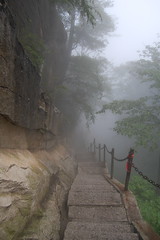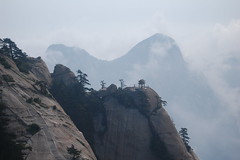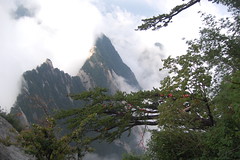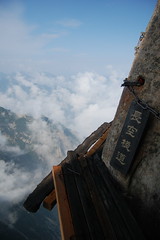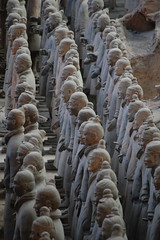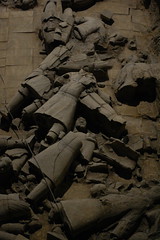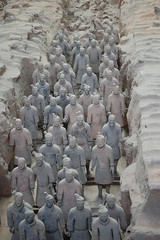People dancing in public is some that happens a lot in China. People just gather together in a public square and dance. It must be a little more organised than that, because there is music playing over the load speakers, but it has a spontaneous feel to it and it’s a great way to pass a summer night.
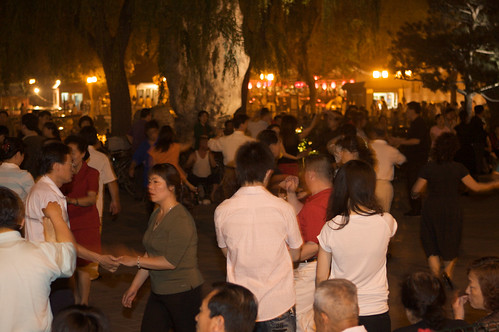 photo by LuxTonnerre
photo by LuxTonnerre
A nice photo of some people dancing in a public square.
I found an interesting story from the China Daily, called It’s time to bring out the dancing shoes. Here are a few quotes from the article:
It’s summer in China. And for millions of residents, that means it’s time to dance.
True, they come out of the woodwork at summer time. Here’s a little more detail:
Rather than frequenting private clubs or dance halls, many Chinese prefer to shake their groove thing outdoors, where the dancing is free. Many throw impromptu open-air dance parties that have the feel of an ice rink in reverse: The more advanced take to the outside while the beginners wobble about in the middle.
But even though it’s common, it’s still not seen as acceptable by everyone:
Still, many Chinese men consider ballroom dancing too feminine. “So we have many all-female pairs,” said Yin Guochen, general secretary of the Chinese DanceSport Federation. “People are traditional. Many think that having an unmarried man and women as dance partners might cause problems, like an affair.”
Very traditional thinking that. I’ve seen quite a few dances in public and there are always men there – although I have seen men dancing with men and women dancing with women.
It’s not always ballroom or traditional Chinese dancing. Sometimes it’s modern dancing too. Well sort of modern. One memory has stuck with me from 2002, when after watching a fountain (that’s another story), the following words rang out across the square:
Boom Boom Boom,
Lets go back to my room,
So we can do it all night,
And I can make you feel right.
That song is from the mid 1980s… I’m not sure if anyone understood the lyrics! I’ll assume not. Regardless, they all had a great time dancing.
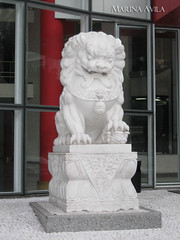
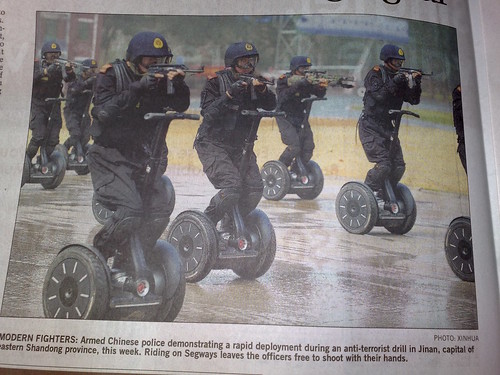
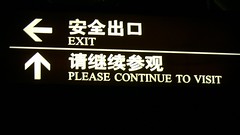
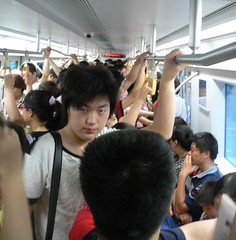

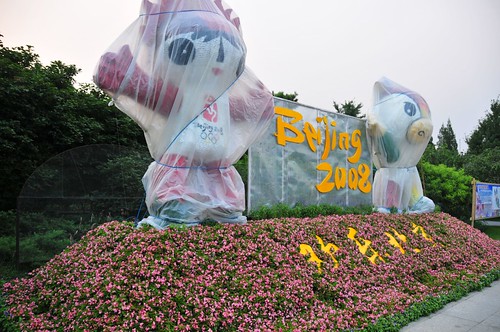
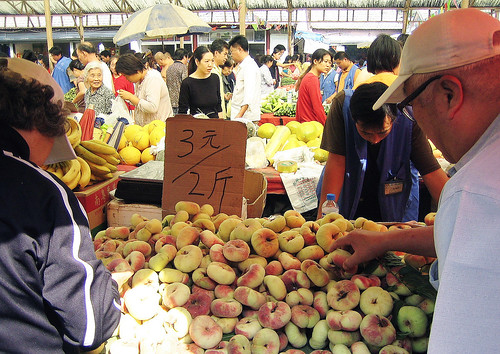 photo by
photo by  photo by
photo by 